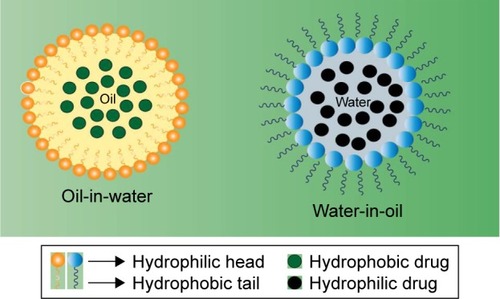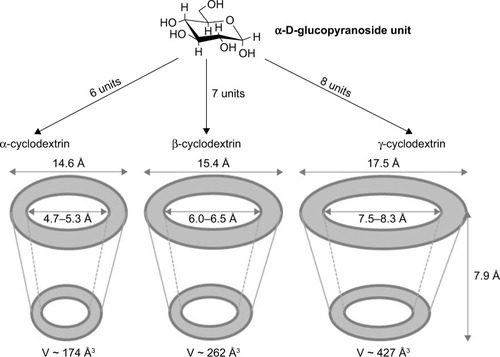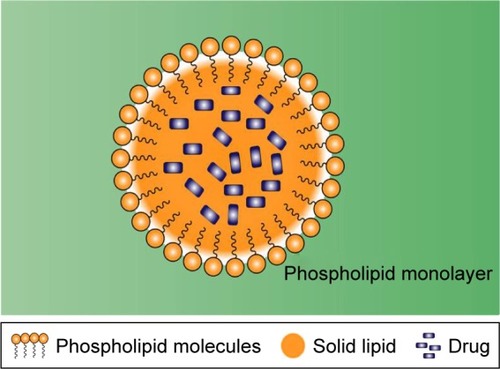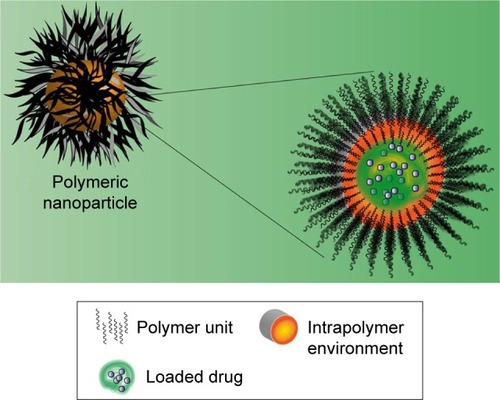Figures & data
Figure 1 Stages of microbial biofilm formation over a surface.
Notes: The stages include: adherence of microbial cells (1), reversible adhesion (2), irreversible adhesion (3), maturation (4), and detachment of cells (5). The arrows explain the migration of single cells and pieces of biofilm in EPS matrix that are released after the detachment stage, and the capacity to restart the formation process.
Abbreviation: EPS, extracellular polymeric substances.
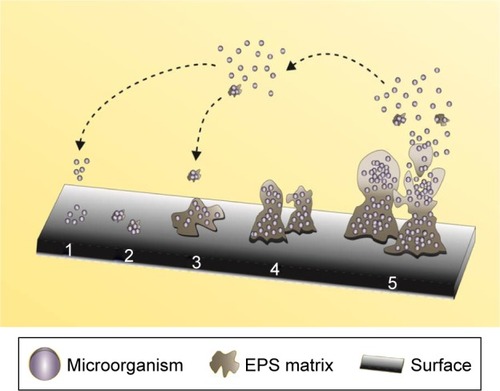
Figure 2 Interactions of nanoparticles based in drug delivery system on biofilm formation process.
Notes: Interaction of nanoparticles based in drug delivery systems in different stages of biofilm formation (A): adherence of microbial cells (1), reversible adhesion (2), irreversible adhesion (3), maturation (4), and detachment of cells (5). Nanoparticles interaction with single cells (B) and EPS matrix (C).
Abbreviation: EPS, extracellular polymeric substances.
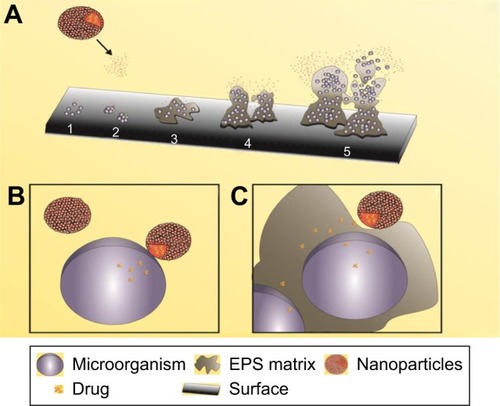
Table 1 LIPs used for control of microbial biofilms
Table 2 MEs and nanoemulsions used for control of microbial biofilms
Table 3 CDs for control of microbial biofilms
Table 4 SLNs for control of microbial biofilms
Table 5 PNs for control of microbial biofilms
Table 6 Zinc and ZnO-NPs for control of microbial biofilms
Table 7 TiNPs and TiO2-NPs for control of microbial biofilms
Table 8 AgNPs for control of microbial biofilms
Table 9 AuNPs for control of microbial biofilms


